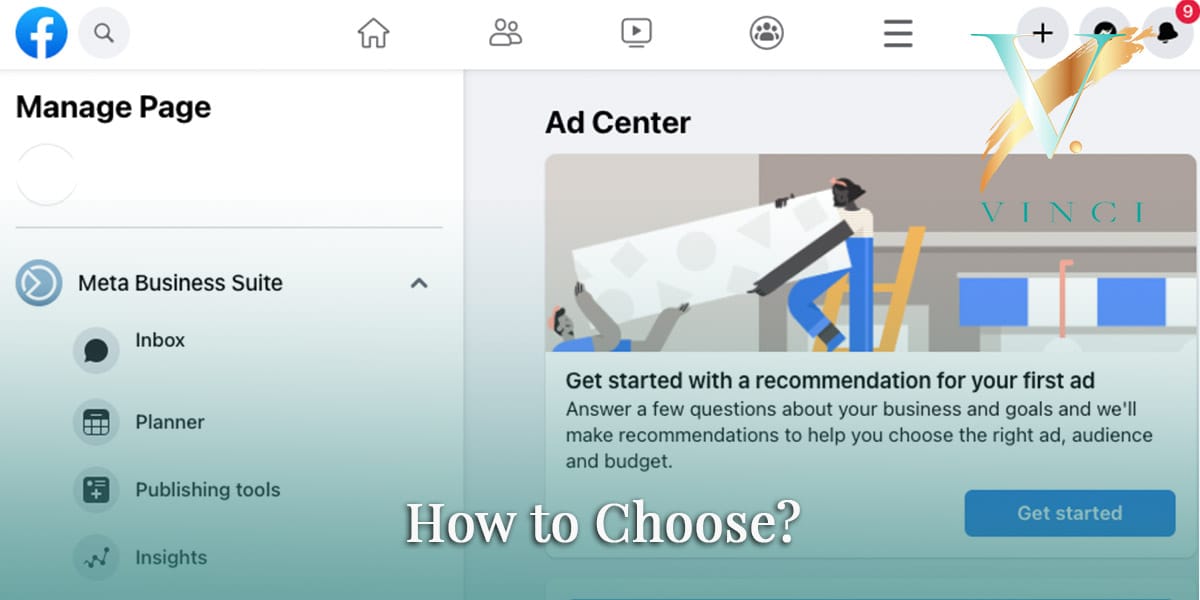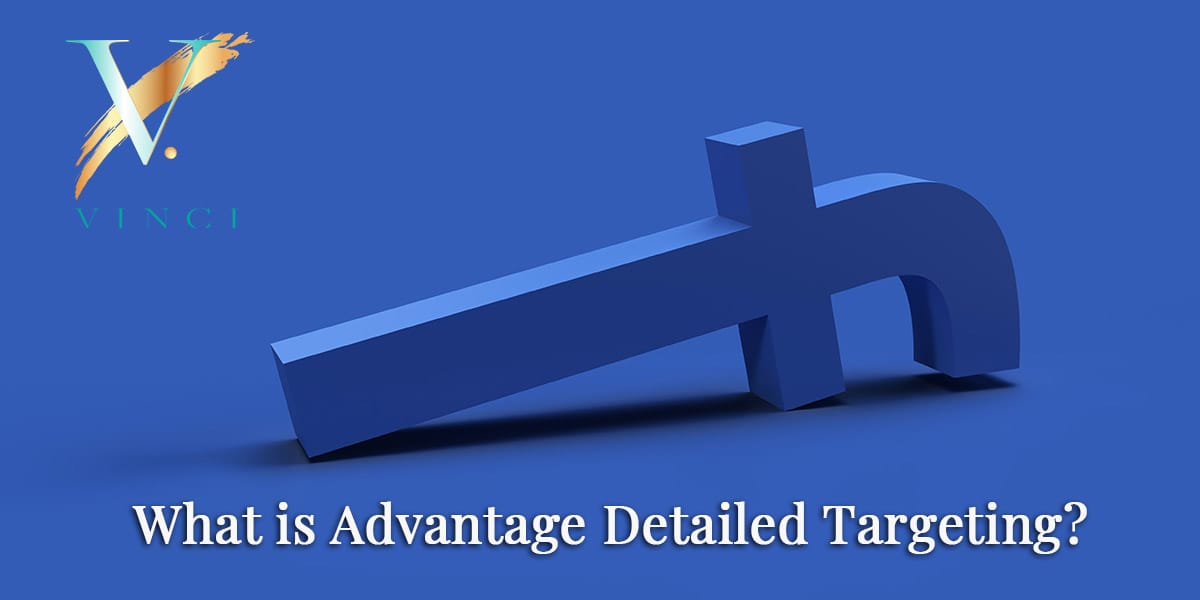The digital landscape has become one of the most essential for all brands, including B2B. Recently, Meta, formally known as Facebook, announced new B2B targeting to help this sector drive growth for their companies.
This is welcome news from the social media pioneer. Despite the emergence of new platforms, Facebook remains the largest, with 2.89 billion registered users. However, its use in the B2B market comes with skepticism despite the platform’s strong business following, 200 million as of August 2022. So what do the new B2B targeting options for Facebook look like?
What Are the Targeting Options?

Meta defines their new options as a way to target audience segments and force meaningful connections to support B2B marketers. It allows B2B marketers to focus on a specific target when creating their ads.
Meta has pinpointed four targeting options for the B2B community:
- IT decision-makers – Targets IT decision-makers using job titles as the benchmark. This is a practical choice for B2B businesses that sell hardware, software, and apps.
- Business decision-maker titles and interests – Targets business decision-makers using job titles and interests as benchmarks. Interests would likely include groups and things they like on the platform or interests listed in the profile.
- Business decision-makers – Focuses on decision-makers in critical areas such as engineering, HR, strategy, and marketing using their job titles as benchmarks. Although Meta doesn’t say what titles they look for in the group, they will likely include for directors, managers, and C-suite execs.
- New active businesses – These are for page administrators of engaged companies with accounts created in a set timeframe. You have the option to choose six, 12, or 24 months.
Meta gets the job titles from the user’s profile to pinpoint them. The targeting options are not just for Facebook, either. You can access them on Instagram and WhatsApp, as well. Using these options wisely could help you streamline the audience-building process and see more return on the investment.
Choosing Targeting Options

A B2B brand or marketer’s targeting options could significantly impact the ad’s effectiveness. First, there is a possible overlap between the audiences in the targeted segments. For example, business decision-makers based on titles and interests will overlap with the business decision-makers; only the first one implies the audience will be more significant because the search also pinpoints interests.
There is no clear indication that is true, though, or that interests matter that much. The program shows you the estimated audience when you create the ad, so you could test both if you want a larger group.
It is unclear if IT business-makers include business decision-makers. A program test showed the IT audience was larger, so it likely looks for different job titles. That same test shows that the new business admins group is the largest because it doesn’t rely on job titles as a benchmark.
How to Choose?
There is no hard and fast strategy for choosing the right target option. The demographic that falls under business decision-makers seems to be the obvious choice unless you are specifically looking for new businesses, startups, or IT. It all depends on the accuracy of Meta’s search. It may take some trial and error to find the right option.
How to Access the Targeting Options

The B2B targeting options are live now, so start by setting up a new campaign in Ads Manager. That will include creating your campaign budget or switching off that option.
Opt for A/B Testing
During this process, you can set up A/B testing, which makes sense if you want to see the various targeting options that work for you. For example, you might test new businesses against business decision-makers to see what gives you the most hits. When you toggle on the A/B option, the system will prompt you to create a B version of the Ad.
Choose a Business Segment
The targeting option is at the ad set level. You go to the audience section and click the edit button to bring up Detailed Targeting. It allows you to look at the different options and see the estimated audience. Hover over each opportunity to get more information on each.
Demographic Targeting
You have the option to pare down the detailed targeting. For instance, if you want to reach decision-makers in a specific field or with a set interest, you can add that information. Click the Narrow Audience button to add additional targeting fields.
You also have the option to target the standard demographic. For example, you might choose business decision-makers in the U.S. only. You can also select by age and gender. The program will show you the estimated results for that demographic.
Enter Exclusions
Along with choosing demographic options, you can also select exclusions. For example, you might exclude HR executives if you sell only manufacturing machinery. If you are trying to expand your market reach, you might also exclude fields where you are already established. You’ll see the adjustments on the estimated audience size.
What is Advantage Detailed Targeting?

Advantage Detailed Targeting is a remake of what used to be Detailed Targeting Expansion. It allows you to expand beyond the defined audience. The program will only do this if it will help you get better results from the ad. You don’t say who to expand, too. The app makes that choice for you.
Using Advantage Detailed Targeting makes sense if you are narrowly defined in your choices but you want to see if you are missing a sector. It can help you further narrow your search because you can see if the expansions offered you any hits and change your selection based on that data.
These targeted audience options give B2B brands and marketers more control over their social media ads. If you need help deciding what ads are suitable for you, then consult a marketing specialist at Vinci Digital today.











